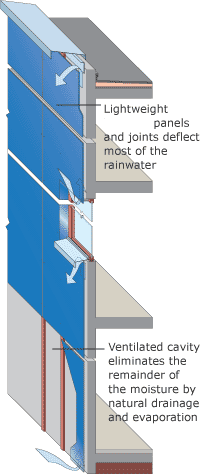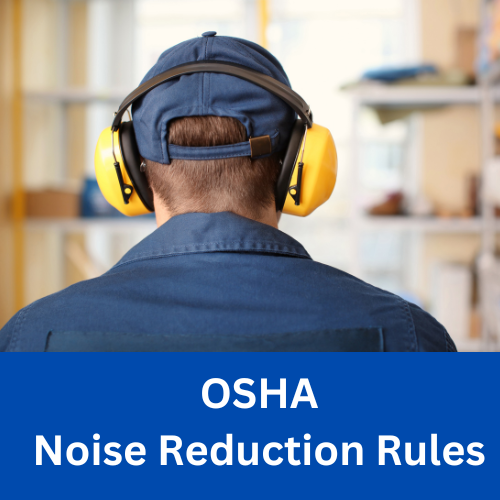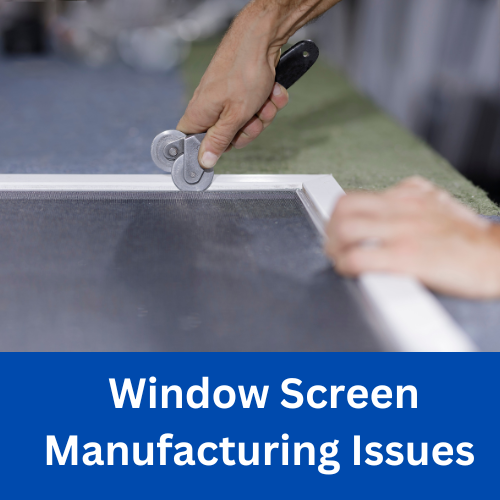In fenestration manufacturing, the hum of saws, drills, and air compressors is a constant. But…

Glass Cladding: Benefits of Curtain Walling vs Rainscreen

In construction, cladding refers to the application of one material over another. There are a variety of different types of cladding that use materials ranging from wood, metal, natural stone, plastic and glass.
Exterior cladding is needed to:
- Protect the building from external conditions
- Provide privacy and security
- Prevent the transmission of sound
- Provide thermal insulation
- Create an external facade
- Prevent the spread of fire
- Providing openings for access, daylight and ventilation
Of all of the available cladding materials, glass cladding is considered the most versatile from a design perspective. Architects and designers choose glass cladding for providing a modern look while ensuring eco-friendly construction. From interesting colors to limitless shapes and dimensions, glass cladding offers a unique look to building design.
There are two main types of glass cladding: curtain walling and rainscreen cladding.
Typically curtain walling systems are comprised of a lightweight aluminum frame onto which glazed or opaque infill panels can be fixed. This framed wall prevents any weather from penetrating through to the building.
Rainscreen cladding has been around in various iterations for centuries. The version we use today was actually developed in Scandinavia during the 1940s. The name comes from its function—rainscreen cladding prevents significant amounts of water from penetrating into the wall construction. Rainscreen cladding is part of a double-wall construction that can be used to form the exterior walls of buildings. Open joints between the panels allow a circulating air layer to be formed between the hung panels and the thermal insulation, which is mounted directly on to a building structure.

In a glass rainscreen cladding system, the outer leaf panels can be made of laminated glass or tempered glass. Both types offer safety features and superior strength, so the decision between each type of glass depends on the specific application. For example, tempered glass is typically used for large glass installations because it has the ability to bend without breaking, thus increasing its wind resistance.
The primary difference between the two types of glass cladding is that curtain walling is usually the whole building envelope, which is the physical separator between the conditioned and unconditioned environment of a building. Rainscreen cladding is just the outer protective layer of the envelope.
While there are advantages and disadvantages to either type of cladding, the ultimate decision between the two will largely depend on the specific design requirements of the building as well as climate.
________________
At Wakefield Equipment, our goal is to provide our customers with industry expertise and resources so they can save money, increase productivity and ultimately achieve their business goals. Wakefield Equipment has partnered with the leading glass equipment manufacturers and glass tooling suppliers for glass handling machines, glass storage solutions, solar glass, glass cutting, glass lifting and glass assembly equipment. The products we recommend are the most cost-effective, labor-saving and innovative glass equipment available.
Contact our sales team to learn more about any of our window and door products and let us help you design your window and door assembly line.



